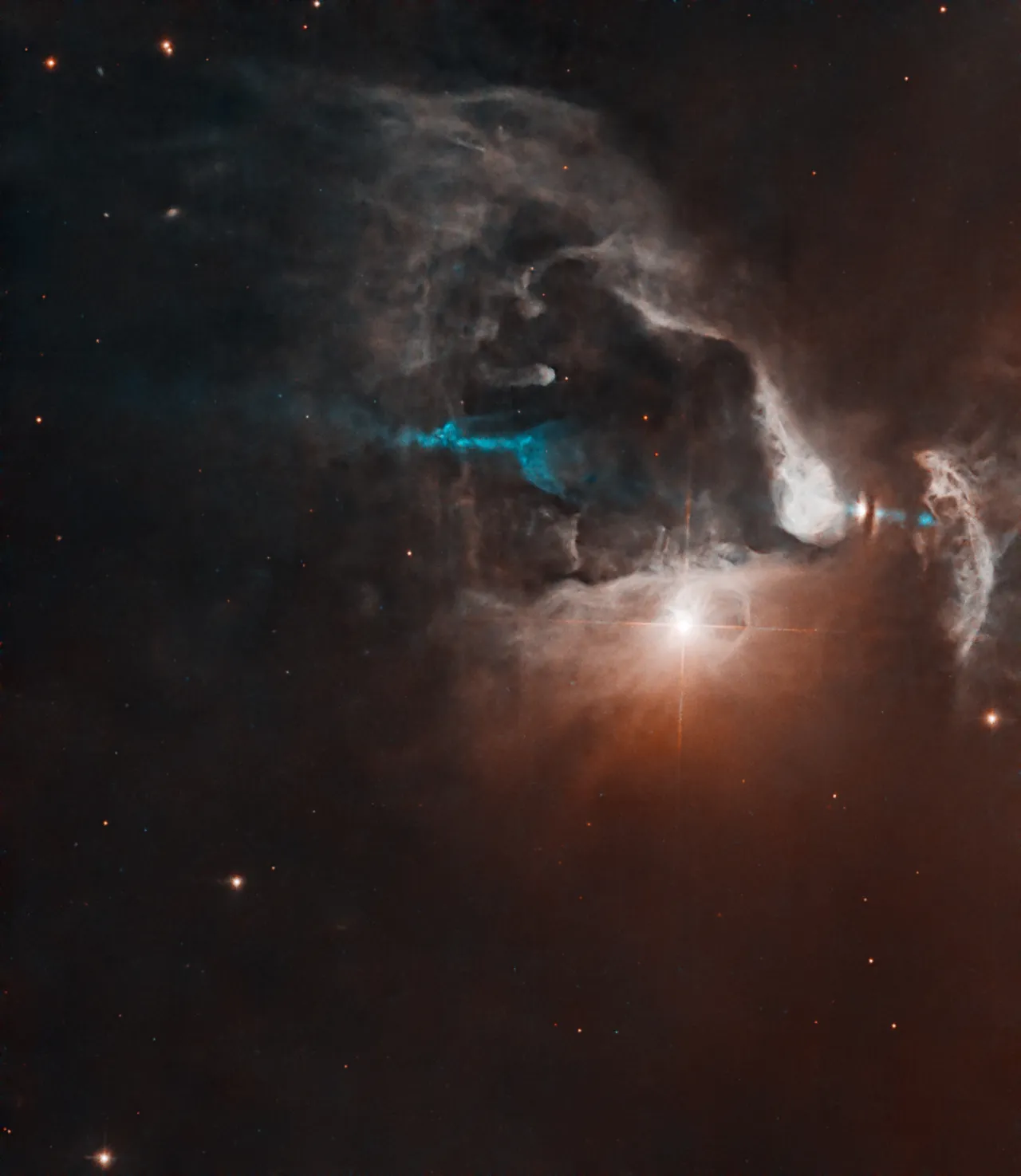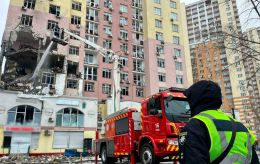Hubble telescope captures moment of star birth
 The star has already acquired a disk for forming planets and is irradiating its neighbors (photo: Unsplash)
The star has already acquired a disk for forming planets and is irradiating its neighbors (photo: Unsplash)
The Hubble Space Telescope has once again impressed with its impressive image. This time, it captured a multi-star system located at a distance of 450 light years from the Earth. It is part of star clusters with a large number of dense gas and dust clouds. It is the collapse of these clouds that leads to the formation of new stars and planets, according to NASA Science.
Newborn star
In this area, astronomers have previously discovered a double star system 2.8 million years old. Now another star, called FS Tau B, has attracted attention. It is surrounded by dense clouds of dust and gas left over from the compression of matter into a star.
FS Tau B is partially obscured by a dark vertical band of dust, allowing us to observe the star's lateral protoplanetary disk, where planets, asteroids, and comets form. However, FS Tau B has not yet reached the status of a full-fledged star, continuing to accumulate material from the surrounding space.
 FS Tau system with a protostar (photo: NASA)
FS Tau system with a protostar (photo: NASA)
When the cluster becomes powerful enough, the pressure in its center will trigger the synthesis of helium from hydrogen, and the star will burst into flames. Currently, FS Tau B is not emitting light because of this reaction, but because of the heat released when the dust cloud collapses.
This active process has also caused the ejection of high-energy particles from the polar regions of the future star, called jets, which were also detected by the Hubble telescope. These jets, crashing into the surrounding gases and dust, create glowing spots inside the nebula.

